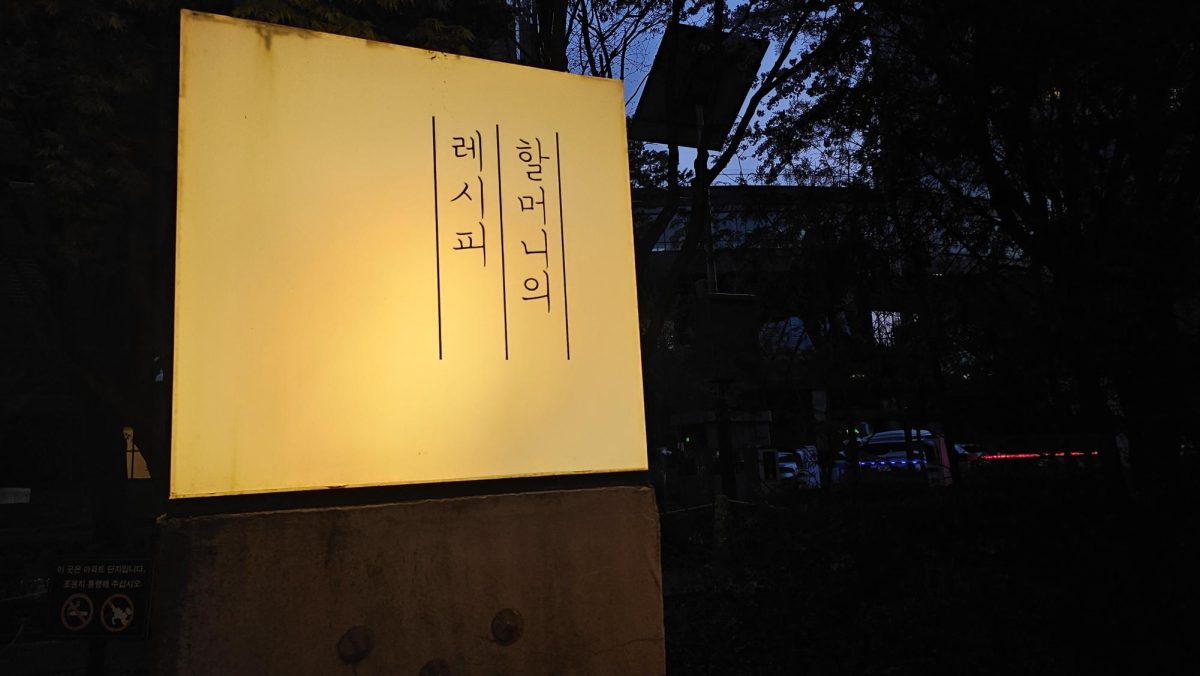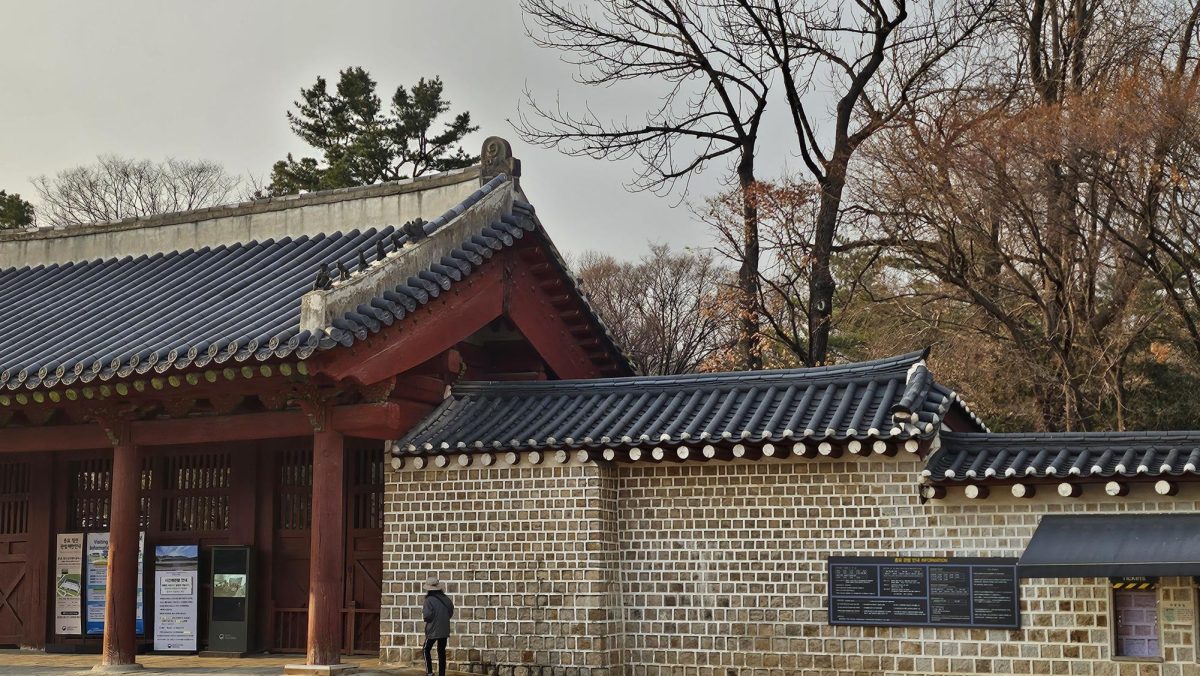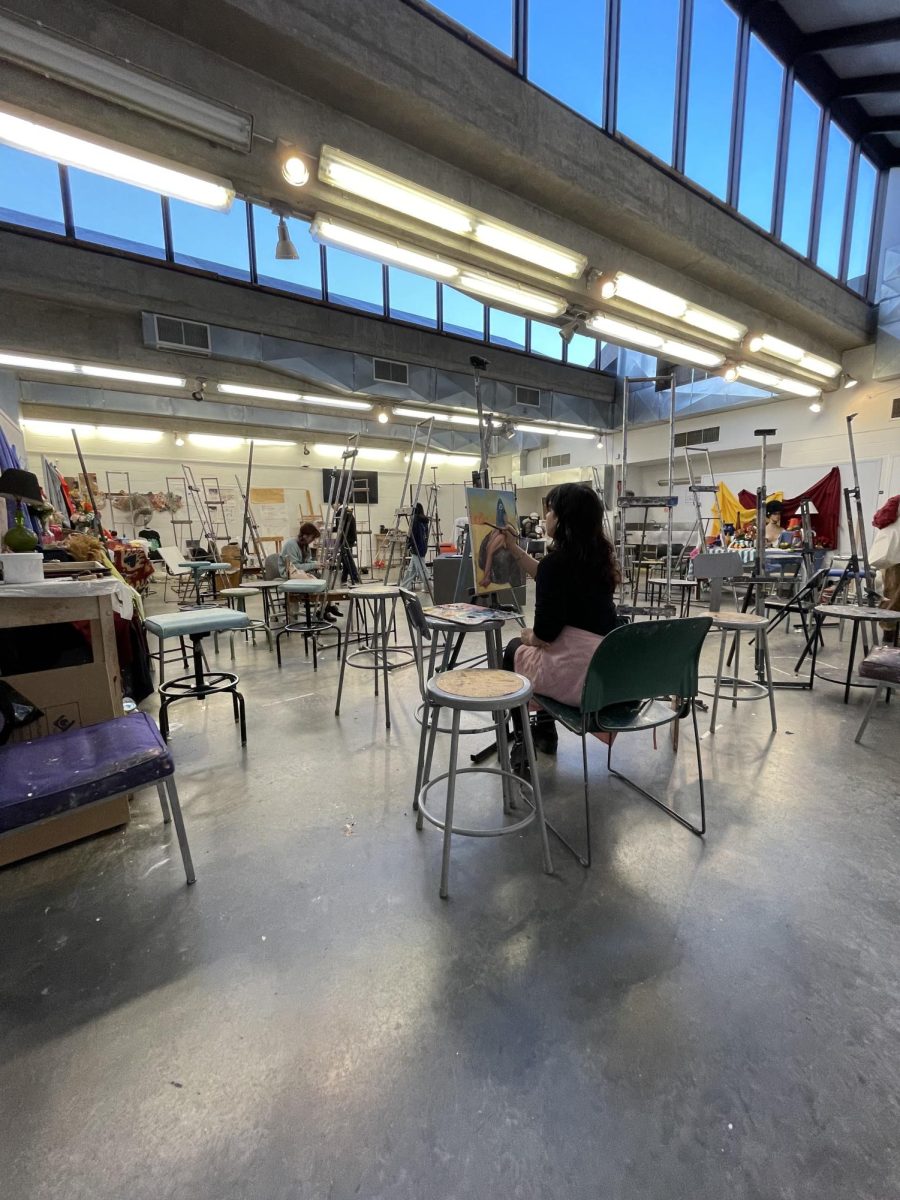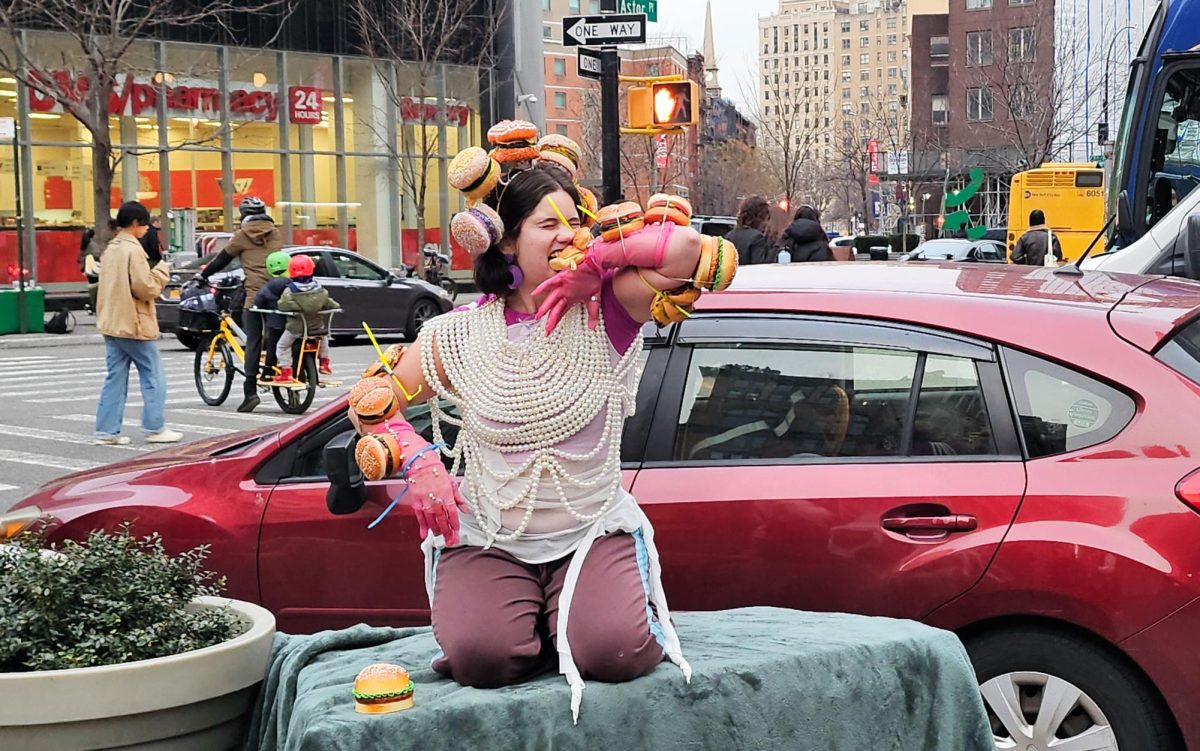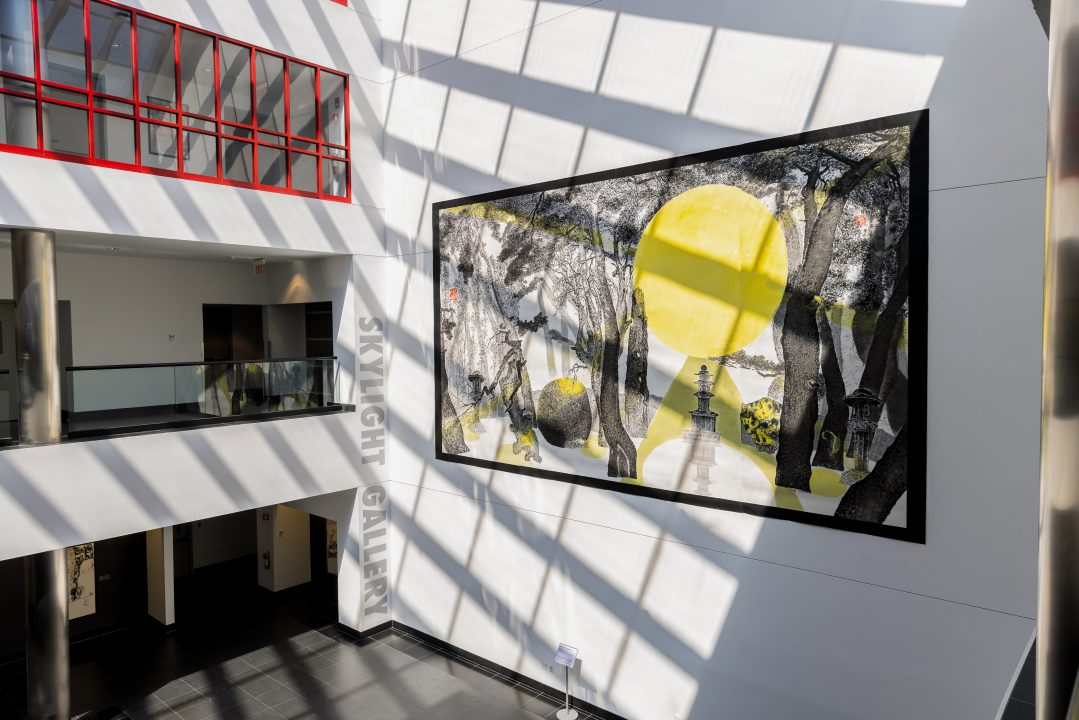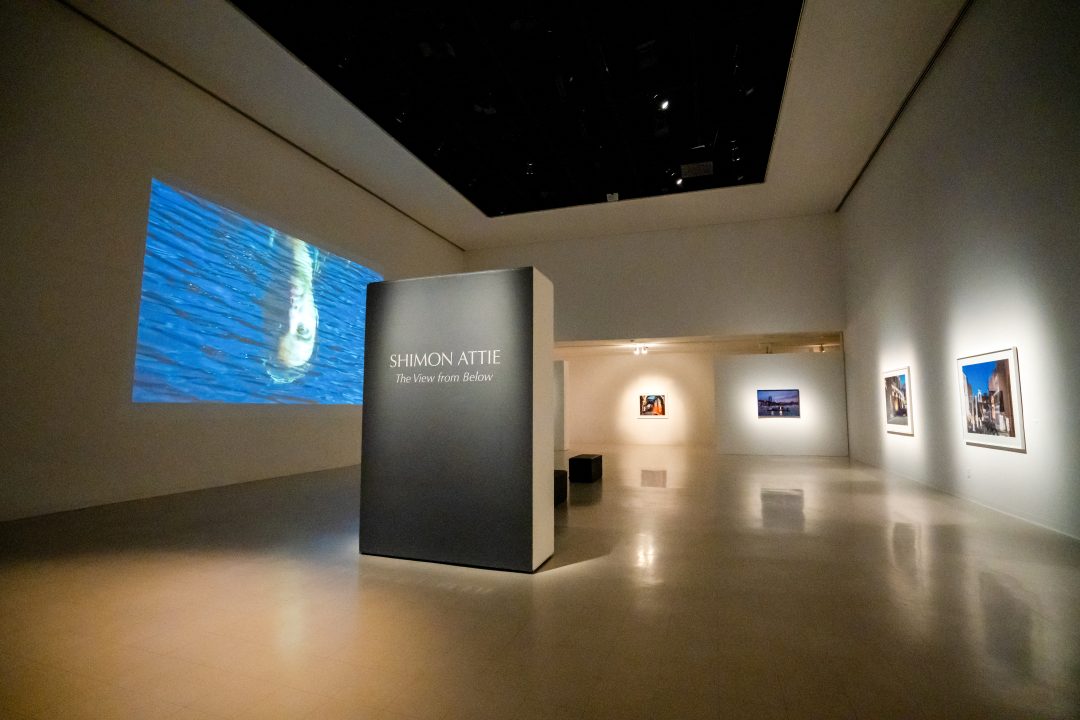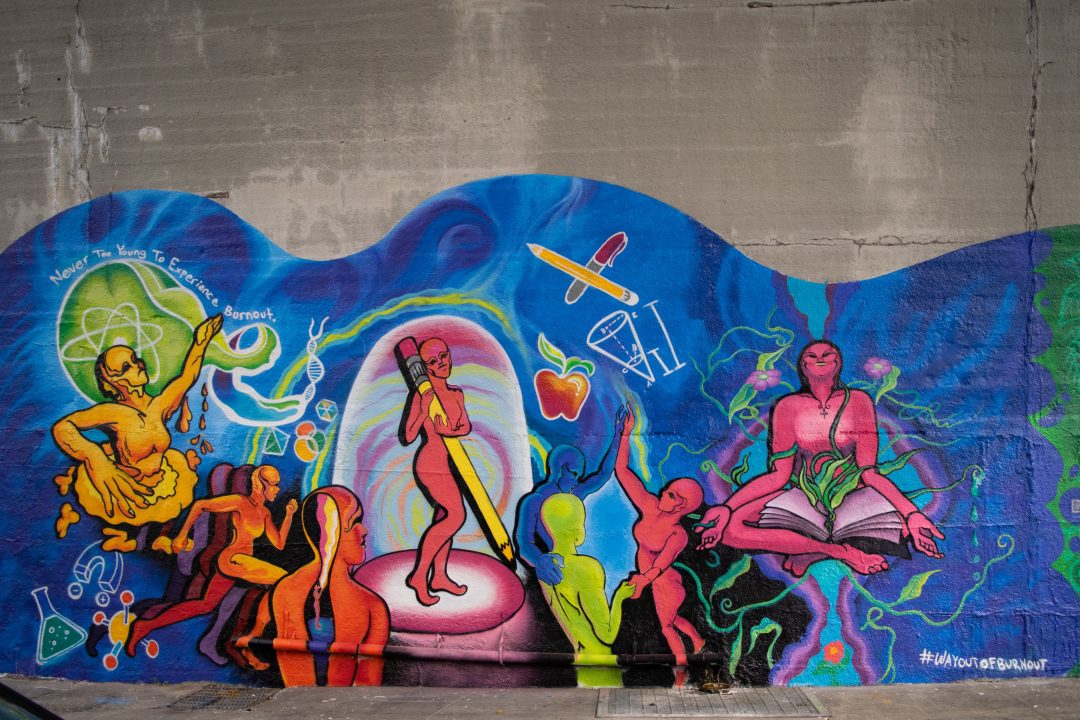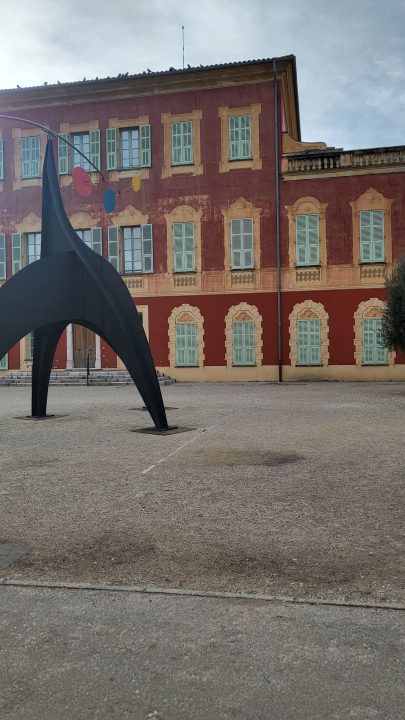
NowHere, located in Manhattan’s SoHo neighborhood, recently featured the artwork of two Japanese ceramicists in its exhibit “Classical Mutation,” which ran from Dec. 14, 2023 to Jan. 14, 2024.
Designed to be an exhibition space for Japanese art and artists, NowHere hopes to establish itself as a hub for Japanese culture and creativity in NYC.
“The owner of NowHere [who has requested to remain anonymous] and I always harbored a desire to support Japanese creators dedicated to New York,” Director Kentaro Totsuka wrote in an email to The Statesman. “Our mutual love for the city and the profound inspiration it provides fueled our mission to give back to New York by showcasing exceptional talents.”
Among the artists showcased, Takahiro Koga is most notable for his consistent incorporation of individually molded and glazed porcelain spikes. The exhibit featured pieces from his “neo maneki-neko,” “neo daruma” and “Ho Yoroi Hai” (cheek armor cup) series, as well as his new addition of piggy banks.
Maneki-neko, translating to “beckoning cat,” is a popular Japanese sculpture that features a cat with a raised paw. Believed to grant their owners good luck, they can often be found in Japanese restaurants, shops and other establishments. Daruma dolls are spherical structures based on the Zen Buddhist monk, Bodhidharma.
The “Ho Yoroi Hai” series features samurai masks that double as sake cups. While discussing his art during a private viewing, Koga held up a mask to his face and described it as “functional art” due to its dual purpose.
His work also introduces a new spin to the Japanese concept “wabi-sabi,” which he dubs “neo wabi-sabi.” Rooted in Zen Buddhist beliefs, “wabi-sabi” refers to an appreciation of the muted and simplistic, often associated with Japanese tea culture. This simplicity is showcased in the limited use of colors in the pieces. However, the spikes are truly what grab the attention of viewers, as they transform the familiarity of the base objects into something new and edgy.
Although he pushes past the boundaries of Japanese tradition, Koga grounds his work in a long legacy of Japanese pottery. Koga calls Fukuoka, located on the island of Kyushu, his home base. Kyushu, Japan’s third-largest island, is known for Japanese ceramics and is home to the Kyushu Ceramic Museum.
The second featured artist, Hiromine Nakamura, is also from Fukuoka and is a fourth-generation doll maker whose art practice is inspired by Hakata dolls. Unlike Koga’s ceramics, Nakamura’s work is unglazed which requires fewer kiln firings. As a result, his work takes on a more matte appearance.
His sculptures feature nods to modern sports brands, such as Nike, with his collection of ceramic baseball caps, shoes and sports players. A characteristic of Nakamura’s work is the fine detailing of his paint brush, from the facial expressions of the dolls to the cherry blossom petals on a baseball cap.
He fuses natural imagery and wordplay with pop culture to convey what the exhibition description pinpoints as the “‘prayers’ and ‘aspirations’ of modern people.” The pieces with the word “flow” painted on are part of a series he titled “Immortal Flow.”
The one work that stands out from the rest is “Godzilla of Reminiscence,” which stems from Nakamura’s “Green eyes” collection. This piece is centered around the theme that “nature is watching human actions,” referencing the monster’s conceptions as a metaphor for the aftermath of the atomic bombings of Hiroshima and Nagasaki. Other imaginings of the monster are painted along the main body to create both an awe-inspiring and terrifying work that pays homage to its history.
With the help of his phone as a translator, Nakamura explained to visitors that he made all of the pigments for his pieces by hand on an ad hoc basis.
Both artists were able to shine with their own individual works, but they also collaborated on three pieces. The collection consists of two maneki-neko and a samurai mask cup that combined Koga’s sculpting with Nakamura’s painting techniques — a true mutation of their artistries.
Currently, the space is at the center of an affordable housing and rezoning debate. Village Preservation, which seeks to document the architectural and cultural heritages of Greenwich Village, East Village and NoHo, has reported on NYC’s recent developments to convert the building at 40 Wooster Street into luxury apartments. As of now, it is unknown how the development will impact NowHere’s operations.
“While I’m uncertain about the impact of the development, I personally cherish the nostalgic ambiance of the city, including cobblestone streets and pre-war buildings,” Totsuka said. “However, change is inevitable, and the dynamic nature of NYC is one of its distinctive features.”
Village Preservation did not respond for comment.
Despite possible uncertainties, NowHere looks forward to the future with its next exhibit, “Post No Bills,” which is set to run from Feb. 29 to March 24. It will feature works by Hidenori Ishii, Fumi Nagasaka, Jeremy Yuto Nakamura and Junko Yoda.















